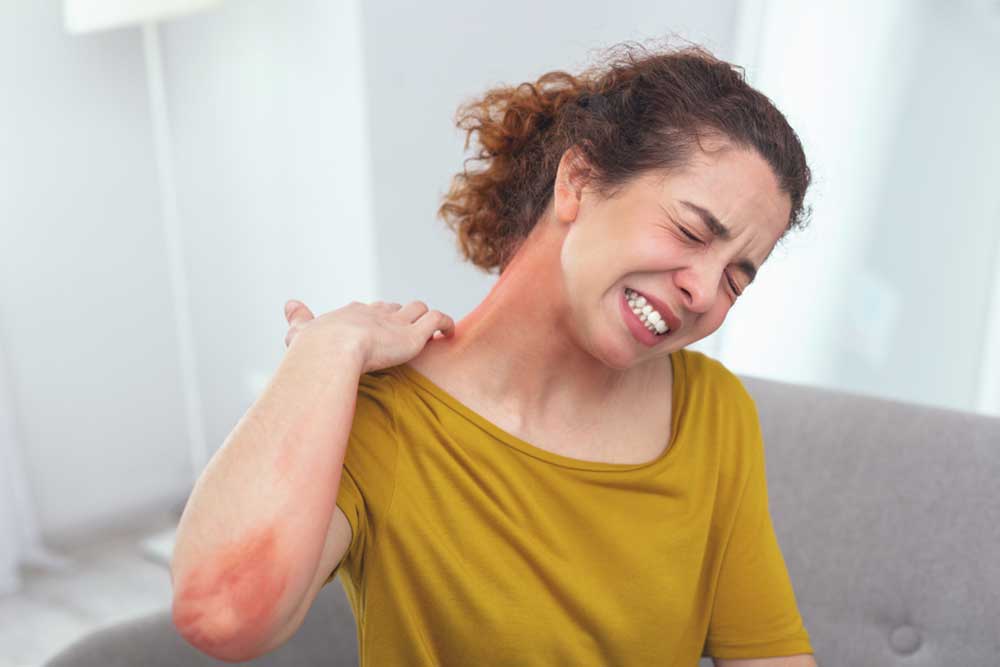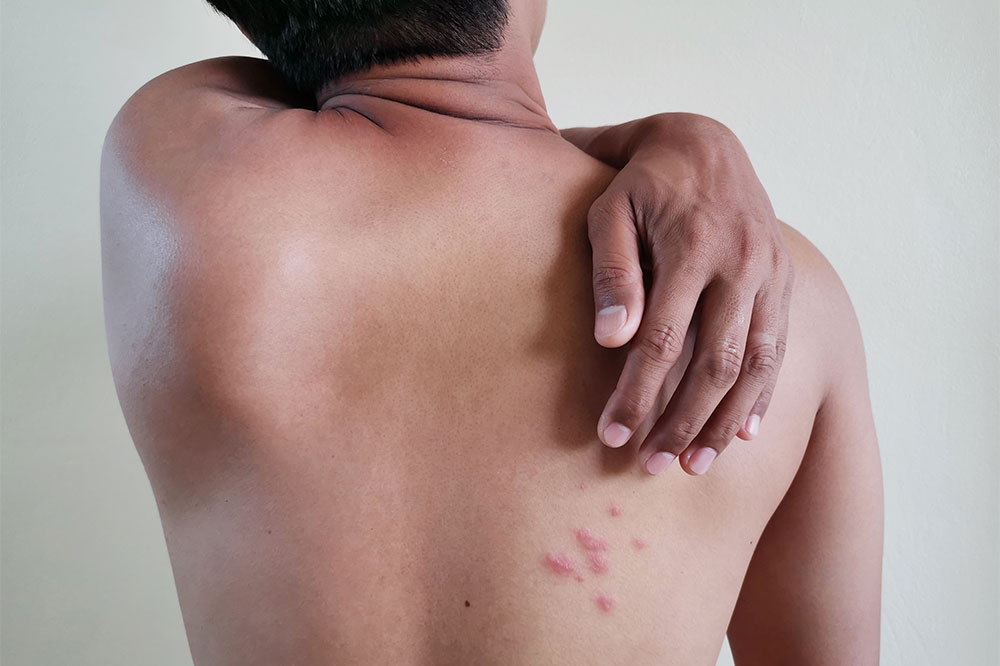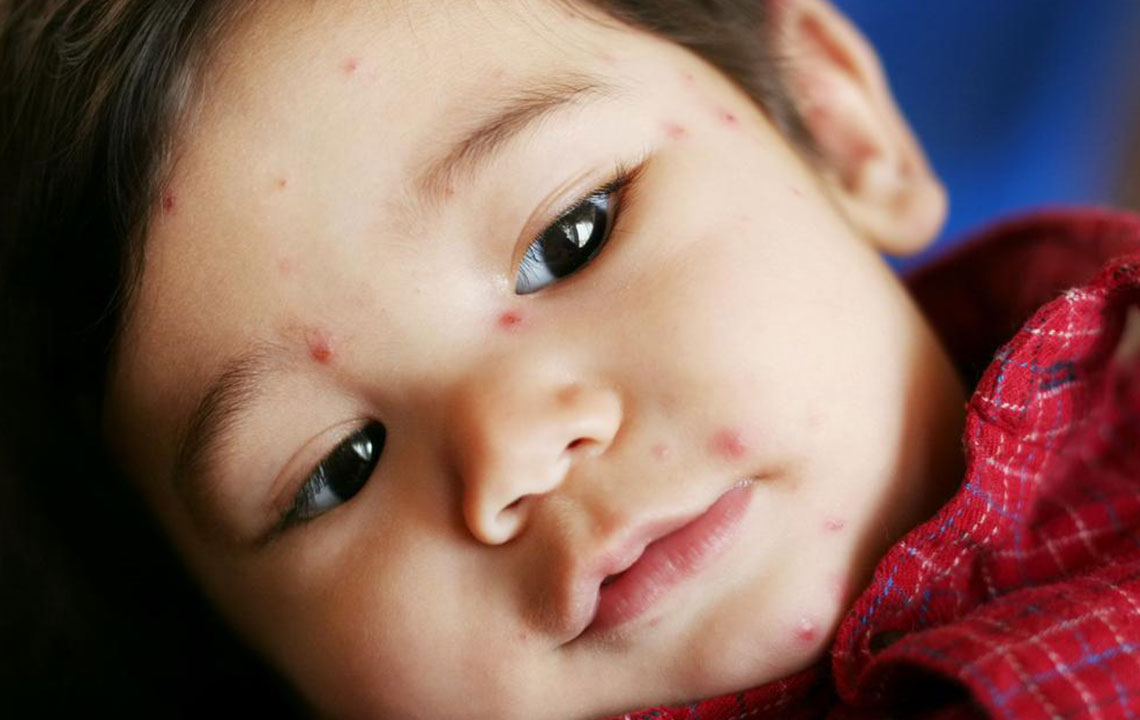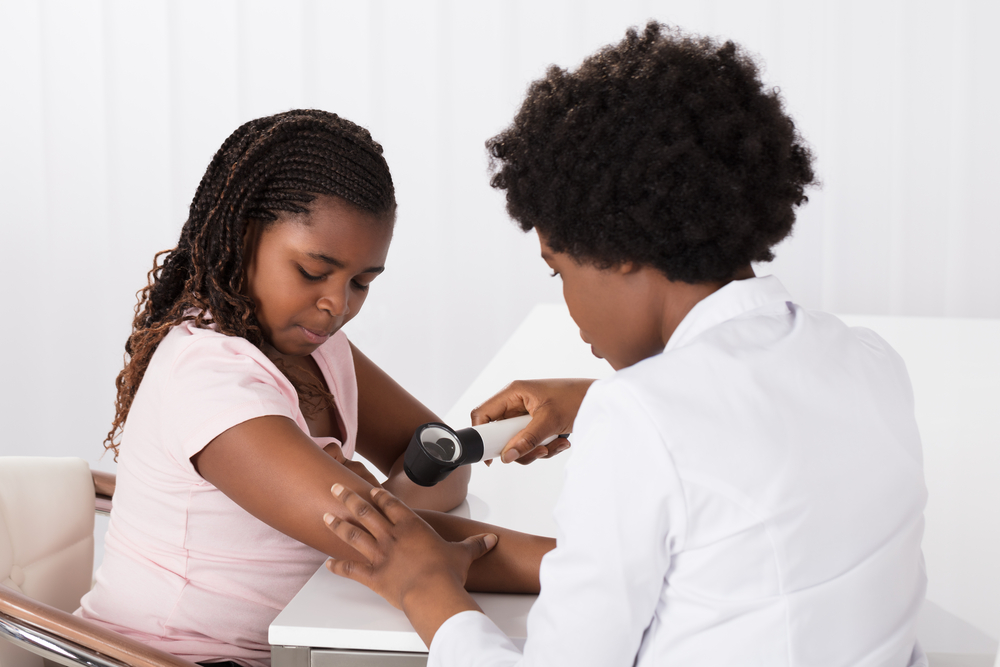Complete Guide to Shingles: Symptoms, Causes, and Prevention
This comprehensive guide offers detailed insights into shingles, including its symptoms, causes, visual identification, and prevention strategies. It emphasizes the importance of early diagnosis and treatment to reduce complications and transmission. Learn about the typical rashes, risk factors, and how to differentiate shingles from other skin conditions. With a focus on visual cues and hygiene practices, this article aims to help individuals recognize shingles promptly and seek medical help. Suitable for seniors and anyone at risk, it underscores the significance of vaccination and timely intervention for effective management.

Complete Guide to Shingles: Symptoms, Causes, and Prevention
Shingles, medically known as herpes zoster, is a painful viral infection that manifests as skin rashes and blisters typically occurring on one side of the body. This condition stems from the reactivation of the varicella-zoster virus, the same virus responsible for chickenpox. Once a person recovers from chickenpox, the virus doesn’t get eliminated; instead, it remains dormant in nerve tissues, lying inactive for years. Sometimes, due to weakening immunity or other health factors, the virus reactivates, travels along nerve pathways, and causes the characteristic shingles rash.
Understanding shingles in depth is crucial because it affects a significant portion of the population, especially older adults. It’s essential to recognize both the symptoms and causes to facilitate early diagnosis and effective treatment. This article provides an extensive overview of shingles, highlighting symptoms, stages of development, preventive measures, and the importance of visual identification to prompt medical intervention.
Visual references like photos and illustrations are invaluable in identifying shingles rashes accurately. Recognizing the early signs can lead to prompt treatment and reduce complications.
Signs and Symptoms of ShinglesThe onset of shingles is marked by a series of distinctive symptoms that can vary in severity and appearance. Key symptoms include:
Initial sensations of itching, tingling, or burning on one side of the body
Mild discomfort, fever, fatigue, or headache during early stages
Localized pain or heightened sensitivity in specific areas
Stinging, throbbing, or sharp pains that can intensify over time
The appearance of fluid-filled blisters that develop in lines or patches
Typically, these rashes favor areas like the torso, particularly around the waist, or the face, especially near the eyes or cheeks. The initial phases of shingles are crucial for diagnosis, especially when accompanied by nerve pain and skin changes.
In the early phases, shingles rashes are not contagious. However, the virus can spread through direct contact with open blisters or via airborne droplets if the rash is extensive. It’s important for affected individuals to maintain good hygiene and cover rashes to prevent transmission. The virus remains dormant in nerve tissues after initial infection and can reactivate later due to factors like stress, age, or immunosuppression, leading to shingles outbreaks.
Visual aids, including photographs and diagrams of shingles rashes, assist healthcare professionals and individuals in identifying the condition accurately. Recognizing the visual cues early can facilitate timely antiviral treatment, which can shorten the duration of symptoms and decrease the risk of complications like postherpetic neuralgia. Understanding transmission precautions—such as keeping rashes covered and avoiding contact with vulnerable populations—plays a critical role in controlling the spread of this condition.
Since shingles is a common disease, affecting nearly half of individuals who reach age 80, being alert to its symptoms is vital for early intervention. Educating oneself about the signs and preventive measures can significantly reduce the impact of shingles on health and quality of life.





